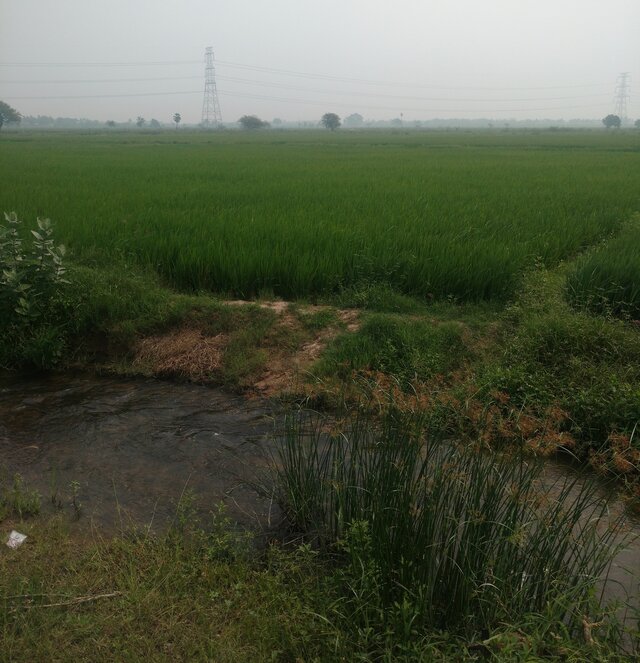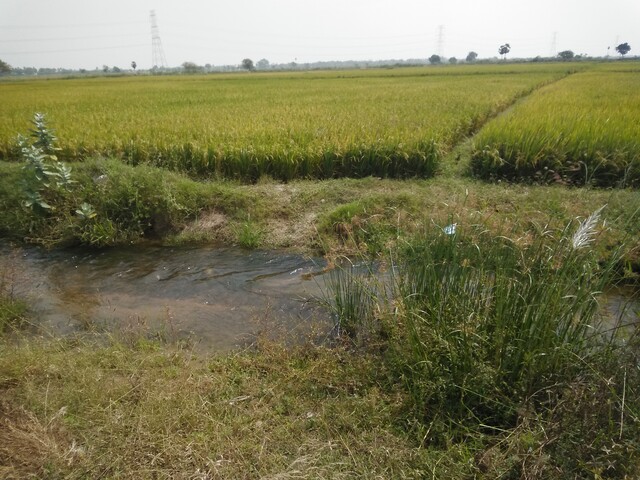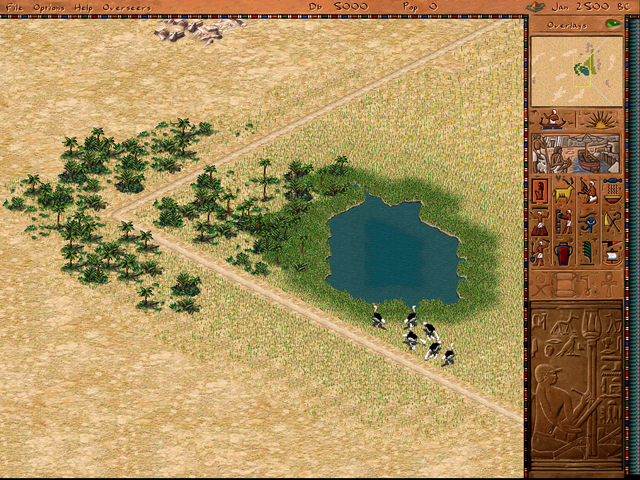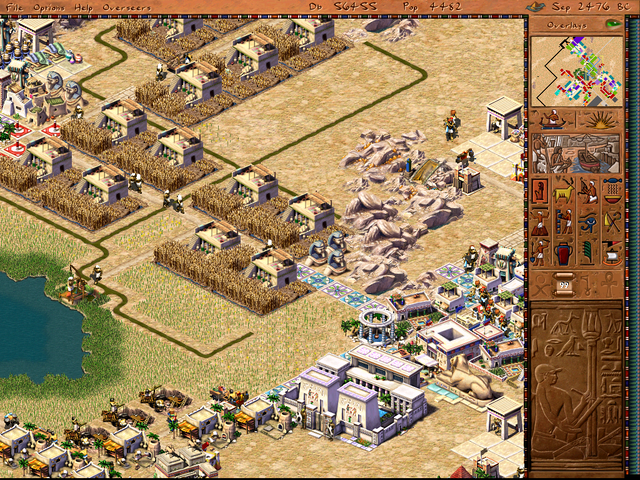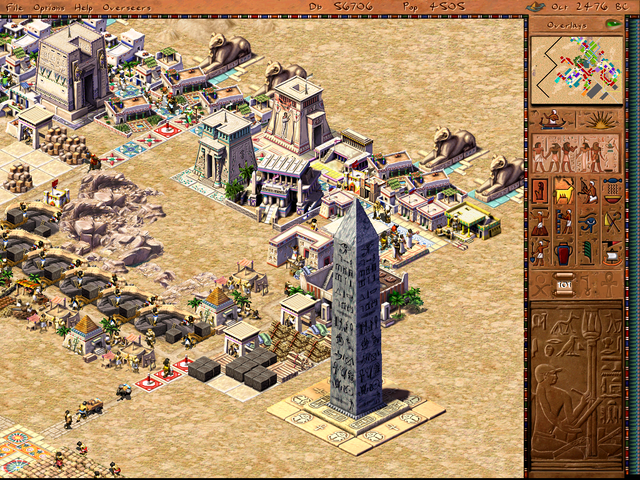Water is life
Published on
During the north east(NE) monsoon season of 2018, I went on a few cyling trips along with a friend to some paddy fields near my college near the Cauvery river in Trichy. Its a great time for cycling - the weather is cool enough most of the time due to clouds and even when it is quite sunny, cool winds will mitigate the heat.
Nearby is the Kallani dam. It receives water starting from October from Karnataka. The water from the dam is distributed via canals to nearby fields. Tamil Nadu is in the rain shadow region of the south west(SW) monsoon and receives about half the rains from the three months of the north east monsoon season. From my cycling trips throughout the year, I have observed that during most of the year, the fields are barren with weeds growing. It is during the north east monsoon season that most of the fields are cultivated. Cycling during this time, we were greeted with beaufiful green fields and canals filled with water.
We stopped and dipped our hands into the canal to wash our hands and faces. The water was rather cool and washing ourselves in it made us feel refreshed after the 10 km long trip to reach here. Its amazing to think how much water means to us. These paddy fields, fed by water feeds the people of Tamil Nadu. Without this water, these paddy fields cannot exist and neither can the people of Tamil Nadu. The groundwater of the area is recharged by this water (and also the monsoon rains). The BHEL township and my college draws water by having a huge borewell in the Cauvery river. Almost every industrial process needs water too. Without water, our modern technology cannot exist. Without water, no life can exist.
We returned back to the same area early 2019 and found that the fields were golden yellow with paddy close to being ripe. It was a an wonderful sight.
This title for the post was inspired from a city building game called Pharoah. In that game, one of the scenarios was titled 'Small Oasis' and with the subtitle 'Water is Life' and it occurs in the Farafra oasis. Egypt is primarily a desert. It has the life sustaining Nile river flowing through it. Lesser known are the few Oasis that are spread in the desert. These Oasis have historically been way points for caravans seeking to travel through the desert. Farafra Oasis is one among them.
In a particular scenario in the game, the player, a Royal governer is tasked by the pharoah to build a thriving settlement in the Farafra Oasis. The player starts out in a region with a natural spring in the center. The spring provides water for palm trees and game to grow. The player player is given a modest amount of cash (5,000 Debens) and must build houses and basic amenities to attract immigrants.
The water from the oasis is the foundation of the settlement. It is the first requirement for the settlement to grow. The game (ostriches) surrounding the water can be hunted for food and as the settlement grows, the water can be divered to fertile land to grow food crops that provide more reliable and steadier source of food. There is clay near the spring which can be dug up to make pottery and the availability of pottery makes more immigrants arrive and the settlement grows even futher. Also, it can be exported to other Egyptian cities for much needed cash (the initial funds run out soon). The pharoah periodically demands pottery, which has to be fulfilled.
Eventually the settlement grows and becomes prosperous. In the game, I had 4,500 people at one point of time and 56,000 Debens of cash. There is so much labor force available and the I set out to meet pharoah's ultimate goal: building obelisks and a mudbrick pyramid.
Out of curiosity, I looked up information on the actual Farafra oasis. It seems that the water in the Farafra oasis is due to two aquifers - the Post nubian aquifer and the Nubian Sandstone Aquifer. The nubian sandstone aquifer is a fossil water aquifer, which was collected there during the African humid period about 10,000 years ago, when the Northern Africa was not a desert. The water drawn from the oasis is used to grow date palms and other crops. The water utilization in the Farafra region is unsustainable now leading to drying up of many natural springs and reduction in water availability of water in various springs. The papers cited below discuss various means of water management to make it more sustainable.
More interesting info on the Farafra oasis can be found in the following links:
- http://egyptpharaohstours.com/index.php/egypt-guide/egypt-western-desert/farafra-oasis
- Moharram, S. H., Gad, M. I., Saafan, T. A., & Allah, S. K. (2012). Optimal groundwater management using genetic algorithm in El-Farafra oasis, western desert, Egypt. Water Resources Management, 26(4), 927-948.
- El Sabri, M. A., & El Sheikh, A. E. (2009). Groundwater sustainability of the post nubian sandstone aquifer in Farafra Oasis, Western Desert, Egypt. Journal of Science, Faculty of Science, Assut University, 3, 64-72.
